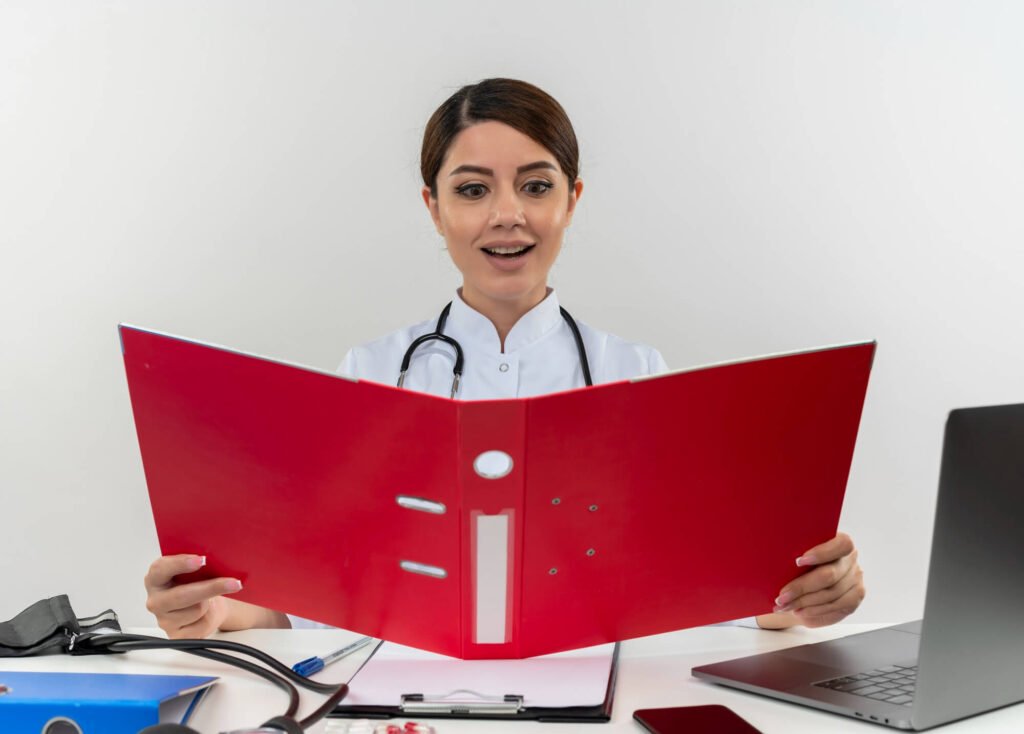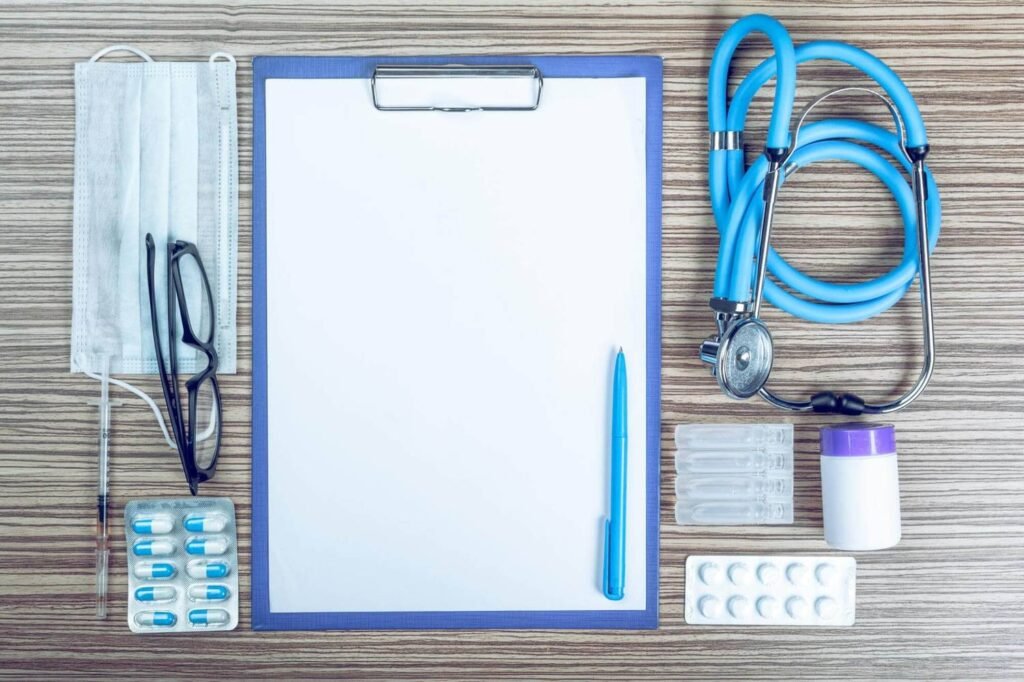Work and School Physical

Ensuring Health and Readiness for Students and Employees
A school physical is a yearly check-up for students to ensure they are healthy and developing properly. It also helps identify any potential health issues and ensure students are up-to-date on vaccinations.
What's included?
Height and weight: A check of the student's height and weight to monitor growth
Blood pressure and pulse: A check of the student's blood pressure and pulse rate
Heart, lungs, and abdomen: An examination of the student's heart, lungs, and abdomen
Vision and hearing: A vision and hearing test
Posture, joints, and mobility: An assessment of the student's posture, joints, and overall physical development
Immunizations: A check for any necessary immunizations or vaccines
Medical history: A discussion of the student's medical history, including any prior illnesses or injuries
Nutrition: An assessment of the student's nutrition and eating habits
Mental health: A screening for signs of potential mental health concerns, like anxiety or depression


Who performs the physical?
A physician, such as a pediatrician or family doctor
A physician's assistant
An advanced registered nurse practitioner (ARNP)
Why are they important?
School physicals are important for the health and well-being of each student
They help ensure students are on track to healthy development
They help identify potential health issues early

Work Physical

A work physical, also known as a pre-employment physical, is a medical exam that employers may require to determine if a candidate is fit for a job. It can help ensure that the workplace is safe and productive.
What's included?
Medical history: A review of the candidate's past illnesses, injuries, surgeries, and chronic conditions
Vital signs: A check of the candidate's blood pressure, pulse, weight, and temperature
Physical exam: A check of the candidate's cardiovascular, respiratory, and abdominal systems
Lab tests: A blood or urine test to screen for health conditions, drugs, or alcohol
Fit for duty assessment: A test to see if the candidate can perform the physical demands of the job
Other assessments: A check of the candidate's vision, hearing, range of motion, and reflexes


Purpose
To ensure the candidate is physically able to perform the job
To reduce the risk of accidents and injuries
To help employers make accommodations for employees with physical issues
To help employers identify ergonomic risk factors
Have questions? Feel free to write us
Call expert
281-997-7333
Visit office
2425 County Rd 90, Pearland, TX 77584

